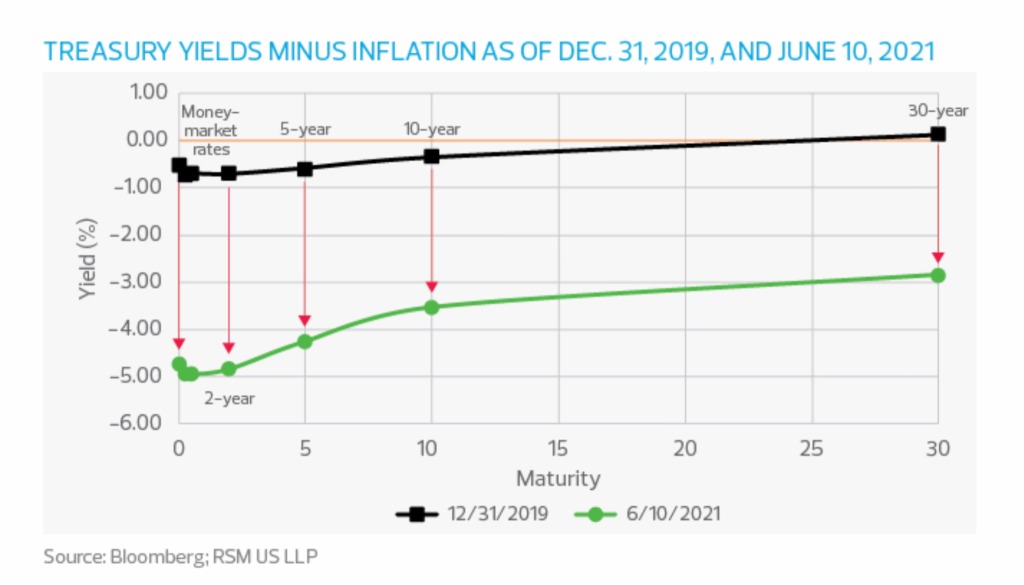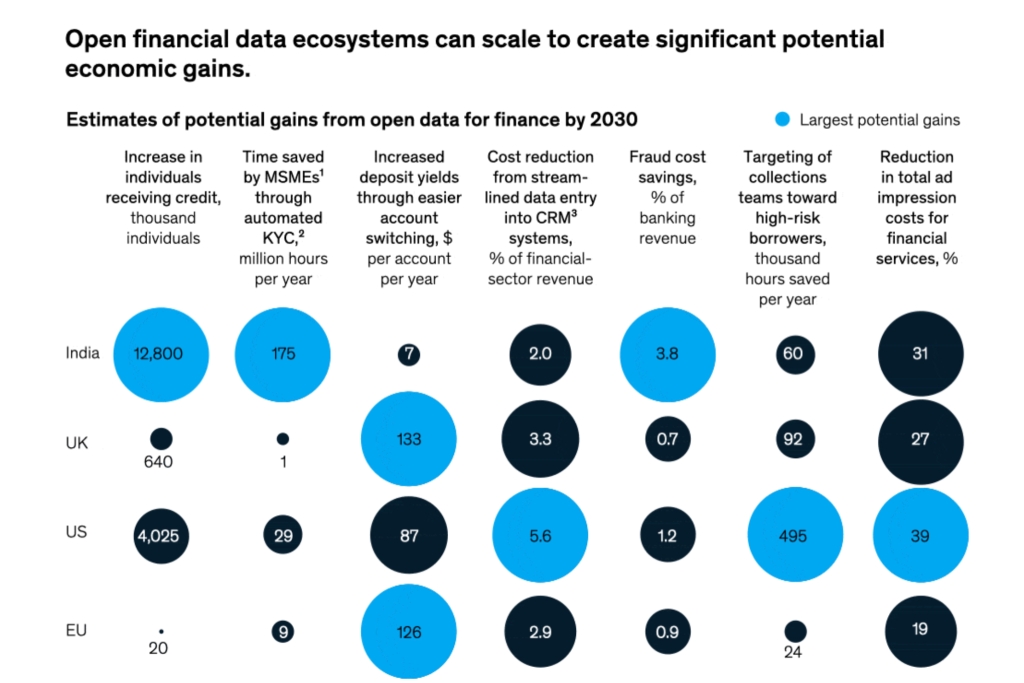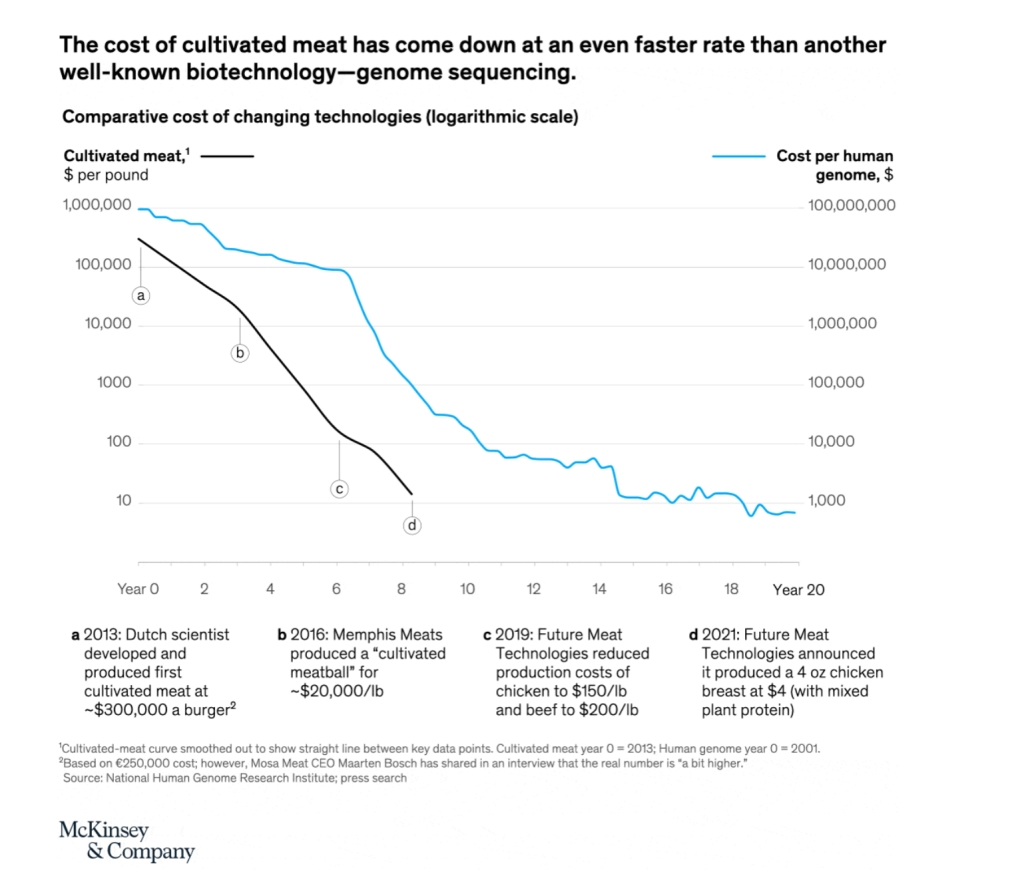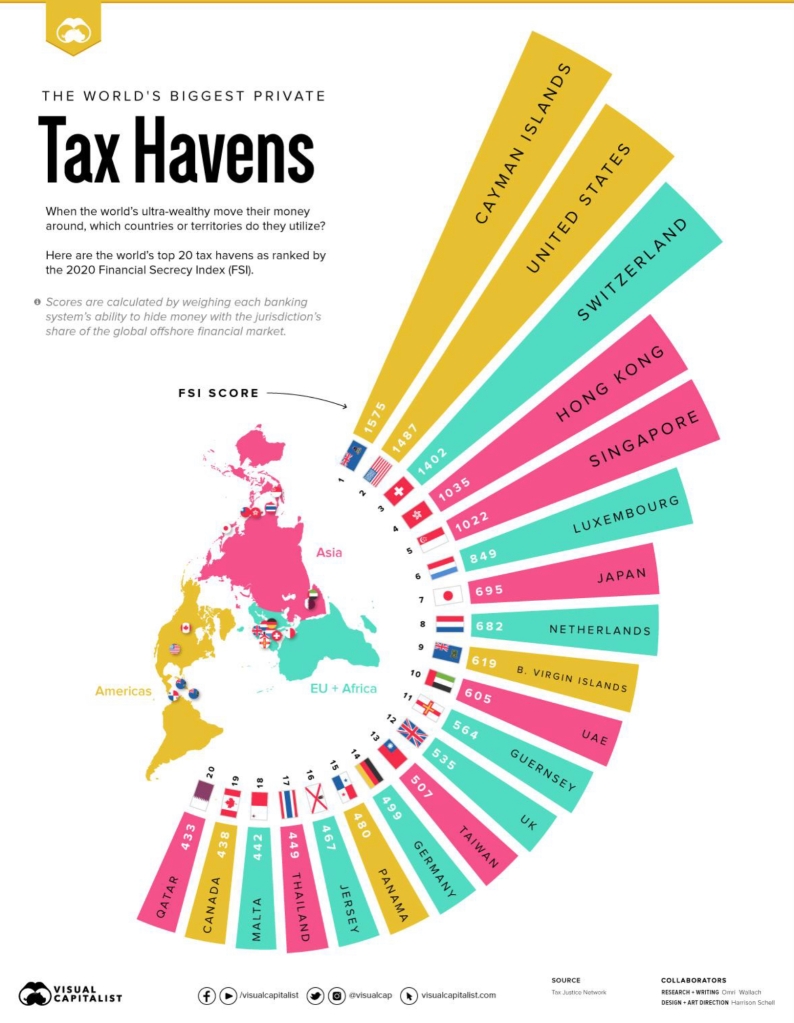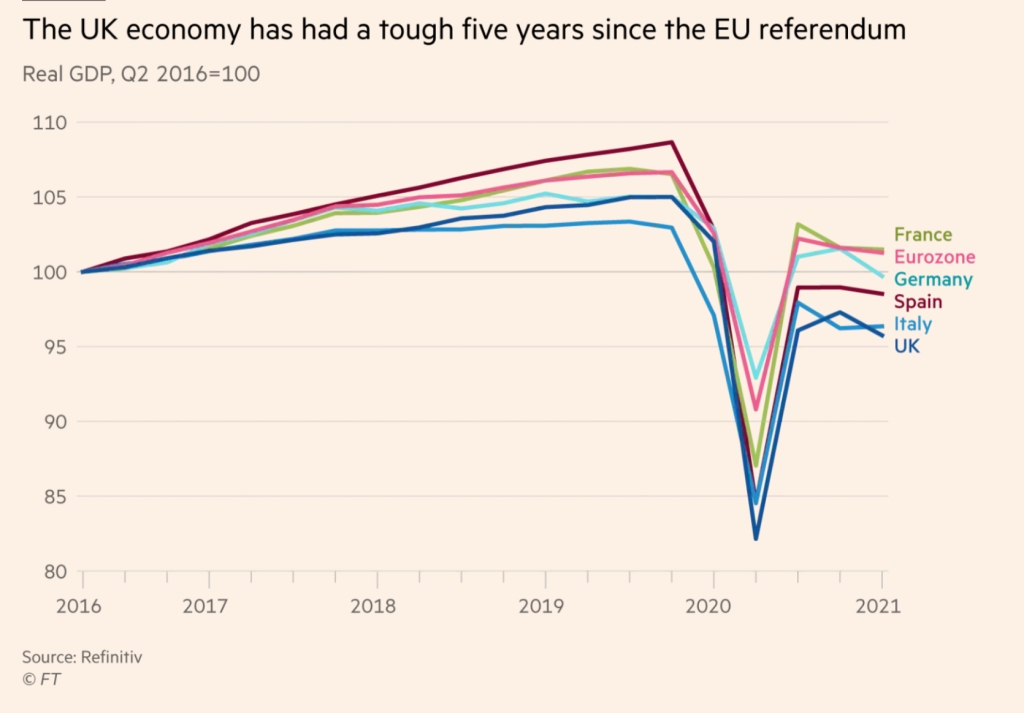Europe last year, took 17 gigawatts off the global stage in terms of carbon and China just put that on the same if not more. 1000 coal plants are in operation now in China and another 25 to 30 are in planning stages.
India is a colossal diesel fuel and oi user: 6% of the global consumption up from 3% just eight or nine years ago. India population is growing three times faster than the European continent; 1.4 billion group of people that are still vastly addicted to diesel fuel and oil.
This is also what the markets are telling us. India and Europe were just in a horrific, like lockdown. Oil should have been off 20% on that news and yet the oil price was up.
Over the next 12 months, we are likely to witness the most spectacular ESG backfire because we’re going to have a vast reopening, demand is going to come back really strong, especially in countries like India, as they come back online.
The ESG agenda all for good reasons no doubt has seriously impaired the ability of coal companies and shale companies to finance especially in the US.
The ESG dynamic around fossil fuels, is leading to higher natural gas prices, higher coal prices, that makes nuclear power much more competitive. No wonder in the United States, John Kerry that’s has recently flipped over to nuclear power. Jennifer Grantham at the Department of Energy, she’s flipped dramatically. The Biden team has flipped dramatically in terms of energy support for the US nuclear power industry.
But wait the uranium industry is just around $ 21 billion in size. Let us put this in some context to say Bitcoin which is close to half a trillion dollars in size. Dogecoin is around 50 billion in size.
Source – Bear Trap Report

